“What is home if not the first place you learn to run from?” Years ago, I read this quote and it gripped a part of me I was unaware of. Central t
“What is home if not the first place you learn to run from?” Years ago, I read this quote and it gripped a part of me I was unaware of. Central to philosophical notions of home is the idea that human existence is fundamentally characterized by dwelling and rebellion—both in the sense of inhabiting physical spaces and in the more profound sense of being situated within the world.
Imran Qureshi opened his latest solo exhibition, as part of the Lahore Literary Festival, at the COMO Museum in Lahore, titled: HOME. This four-letter word is the most simple, yet the most complicated emotion to exist for humankind. Through his works, Qureshi offers a heart-rending meditation on the complex interplay between violence, resilience, and love for one’s homeland.
The exhibition pays homage to the vibrant city of Lahore while delving into the reflective concept of home. Situated within the COMO Museum, originally built as a residential house during the 1980s, Imran Qureshi embarks on a transformative journey to reimagine and revitalize the space as a sanctuary of belonging. Concurrently, earlier this month, Qureshi unveiled his solo exhibition, ‘The Garden,’ at Nasir Bagh in Lahore. This exhibition, centered around the motif of a garden, runs in tandem with the showcase at COMO Museum. Qureshi conceptualizes these exhibitions as a philosophical diptych, fostering a captivating dialogue on the ideas of home and garden. Together, they constitute a heartfelt tribute to the artist’s profound connection with the culturally rich and historically significant city of Lahore.
As you step inside the museum, you are engulfed, from all sides by one color: Red. Each step you take and each corner your eyes settle upon, imprisons your mind, body and soul. As you navigate the expansive dimensions of the installation, every sight, stroke, splash and texture washes over you, eliciting a profound sense of awe and wonder. You feel as though you’ve been drawn into Qureshi’s vision, surrendering yourself to the immersive garden he has meticulously crafted. Against the backdrop of political turmoil in Pakistan and beyond, Qureshi’s works offer a striking juxtaposition of pain and hope, expressed through a vibrant garden motif. The blood-red hues that permeate the walls and the floor speak volumes, evoking the profound suffering and loss wrought by conflict. Yet, amidst this turmoil, the garden emerges as a powerful symbol of resilience and renewal. Each splash and each stroke seems to breathe life into the walls and the ground as if the very earth itself is reclaiming its vitality in defiance of destruction. Qureshi masterfully captures the deep-seated love and connection that people hold for their land and their country, transforming tragedy into a testament to the human spirit’s enduring capacity for hope.
In each of his works, the artist deftly weaves together socio-political reflections with a captivating visual narrative. The pervasive use of the color red serves as a primitive reminder of life’s vitality and fragility, while his intricate flower motifs symbolize the enduring potential for renewal amidst chaos.
Moving upstairs in the museum, one witnesses a different side of Qureshi altogether. The floor, divided into three sections, consists of photographs, video installations, and a wall displaying around a hundred painted tiles. Qureshi’s series of photographs and video installations offers a captivating glimpse into the multifaceted tapestry of life within his city. Through a keen lens, he captures the dichotomy between chaos and order, revealing the inherent beauty found amidst the hustle and bustle of everyday existence. Amidst the seemingly chaotic scenes, there is a tangible sense of harmony and coherence, as the artist skillfully navigates the interplay of light and shadow, form and movement. Through his lens, the artist invites viewers to pause and appreciate the extraordinary within the ordinary, finding beauty in the fleeting moments and fleeting beauty in the chaos of the city.
What captures one most about the entire exhibition is the way Imran Qureshi manages to completely transform the experience of the viewer with each floor one climbs. Ascending to the rooftop of the COMO museum, one undergoes a profound shift in their experiential journey, transitioning from the tumultuous chaos of the installations downstairs to an oasis of serenity and tranquility all of a sudden. As one emerges onto the rooftop, they are enveloped by a sense of calm that washes over them, contrasting starkly with the primitive intensity of the scenes below. Here, covering the entire rooftop, an installation, made up of colorful large-scaled patterned weaves of charpais, unfolds like a sun-drenched tableau of peaceful afternoons within the comforting confines of a home. The air is filled with a palpable stillness, punctuated only by a wave of nostalgia and the distant hum of the city below. The installation evokes a sense of quiet introspection, inviting viewers to bask in the warmth of the sun’s rays and while becoming an active part of the installation and losing themselves in moments of contemplation. With a complete 180-degree turn from the chaotic energy below, Qureshi, through his mastery, reminds us of the transformative power of art that can transport us from the frenetic pace of daily life to moments of profound tranquility and solace in a moment.
The exhibition displayed in COMO museum serves not only as a display of art but as an experience on its own. As viewers immerse themselves in Qureshi’s perfectly curated vivid landscapes, they are confronted with the stark realities of violence and political upheaval, yet also inspired by the invincible spirit of resilience that thrives amidst adversity. In essence, Qureshi’s ‘Home’ becomes a metaphor for the human experience—a testament to the enduring power of hope and the transformative potential of love and comfort in the face of darkness.
The exhibition titled ‘Home’ by Imran Qureshi is displayed at the COMO Museum as part of the Lahore Literary Festival. The exhibition continues through summer till the 30th of July 2024.
Photography Credits: Hassan Sheikh courtesy of COMO Museum.

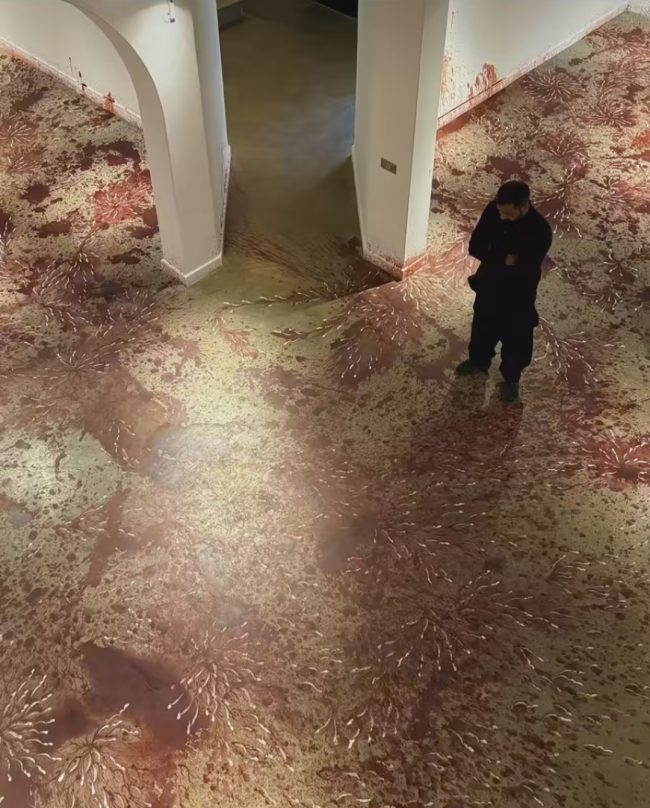
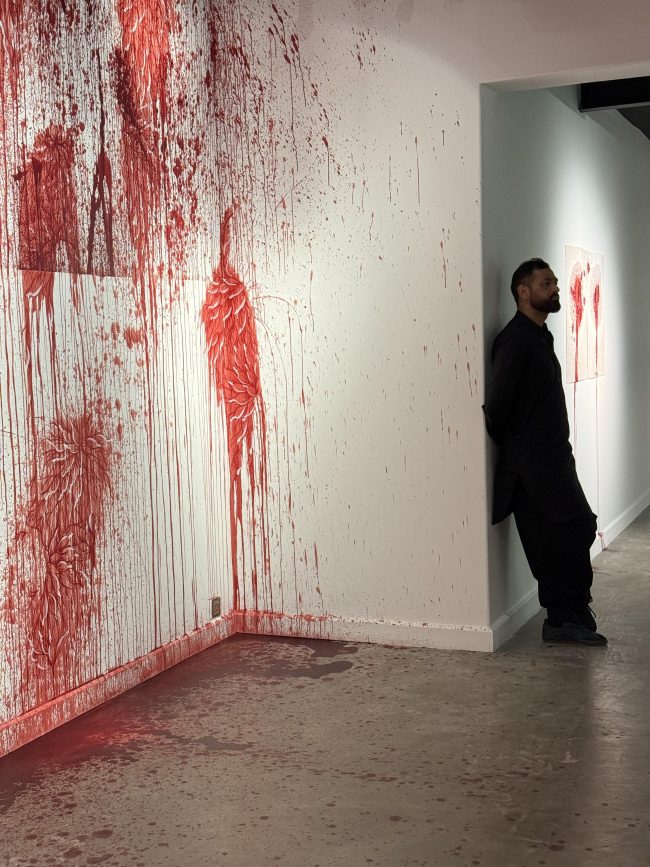
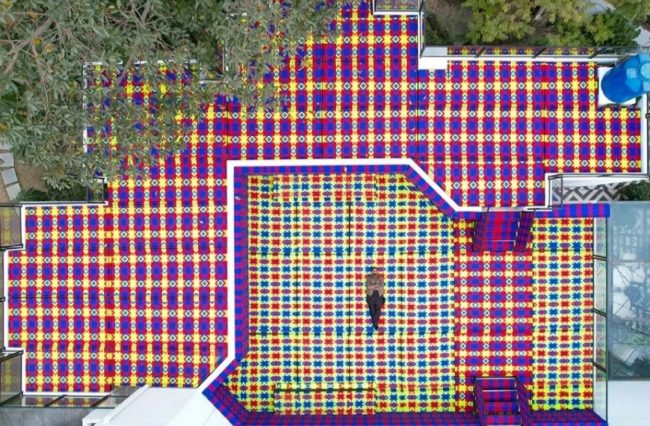
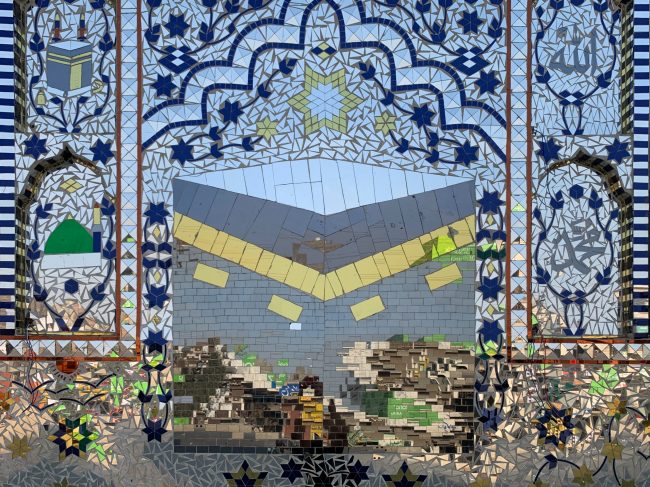
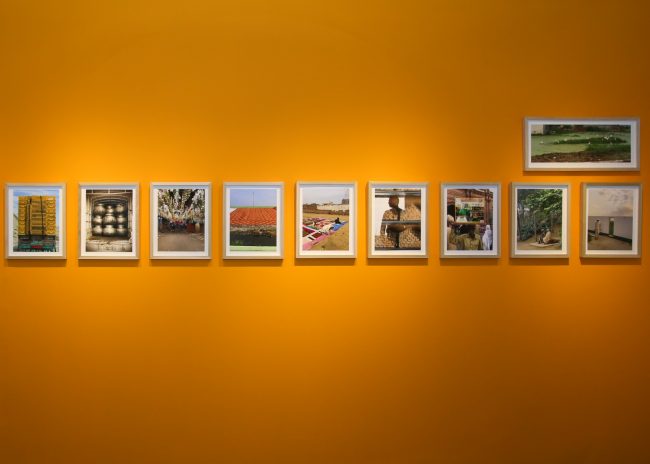
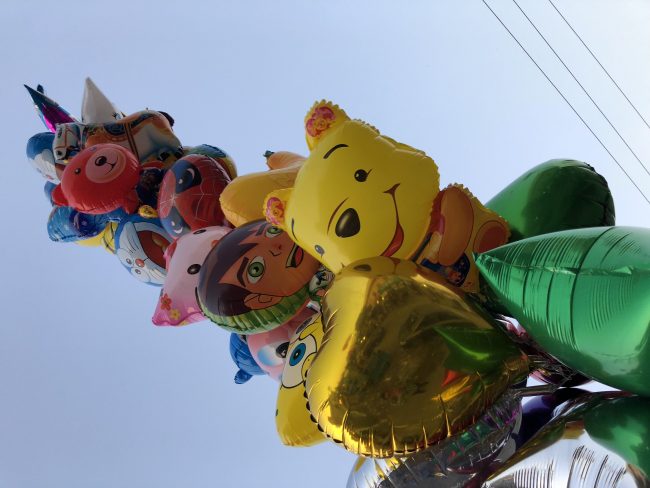
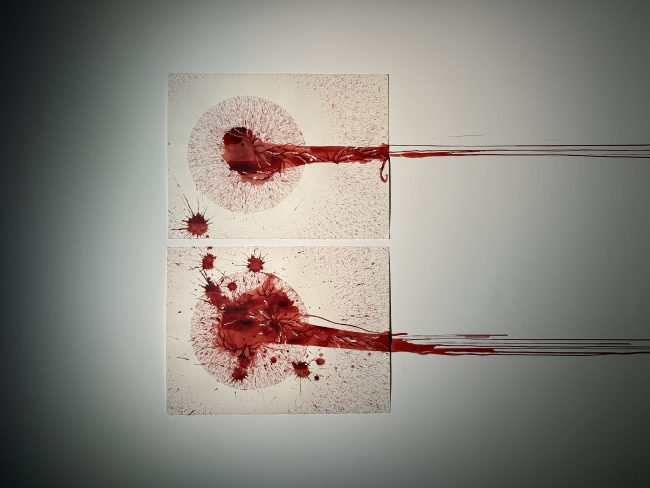
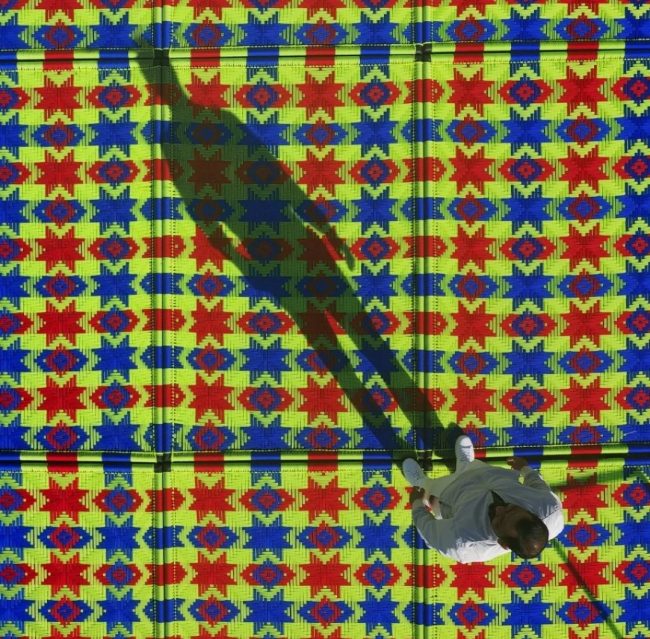
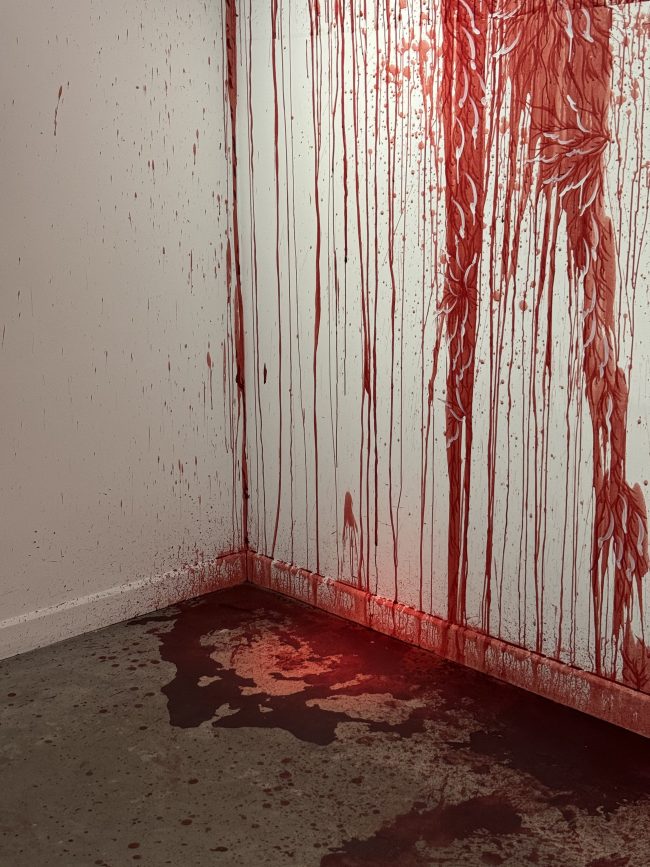
COMMENTS